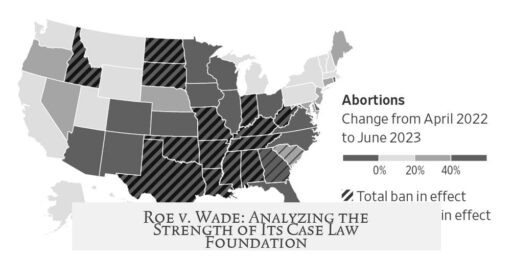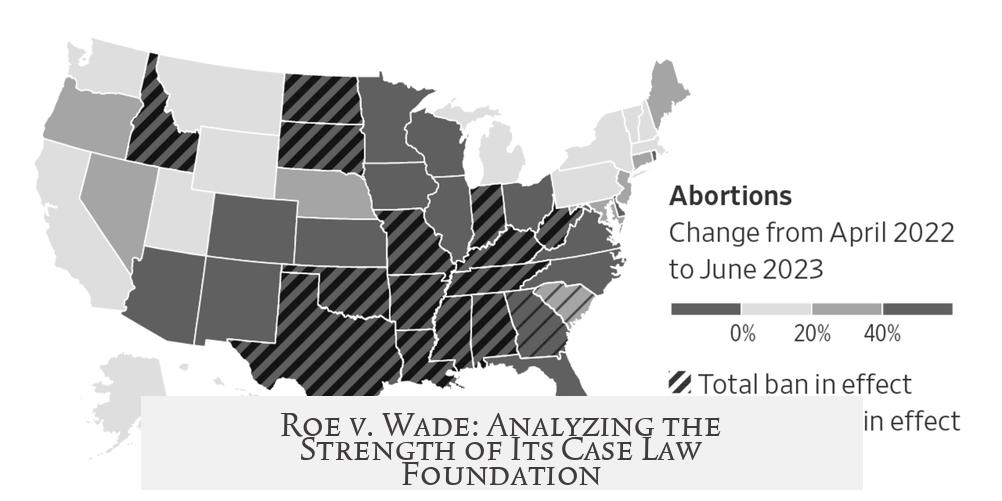Roe v. Wade’s legal foundations rest primarily on the “right to privacy” implied by the Due Process Clause of the 14th Amendment. This clause states that no state shall “deprive any person of life, liberty, or property, without due process of law,” which the Court interpreted as protecting personal decisions from government intrusion. Although this interpretation is subject to debate, it builds on a series of precedents that recognize implied rights.
The core legal reasoning in Roe hinges on recognizing privacy as an implied right, though it does not appear explicitly in the Constitution. Instead, the decision connects privacy with liberty interests protected under the 14th Amendment. The right to privacy here specifically means freedom from government interference in personal matters, including reproductive choices. This concept laid groundwork for the Court’s ruling that states cannot impose excessive restrictions on abortion during early pregnancy.
Before Roe, several landmark Supreme Court cases had established a trend of interpreting the 14th Amendment’s Due Process Clause as safeguarding certain implicit rights. Examples include:
- Buck v. Bell (1927) and Skinner v. Oklahoma (1942) — cases on forced sterilization and bodily autonomy;
- Griswold v. Connecticut (1965) — ruling that access to contraception is protected;
- Loving v. Virginia (1967) — invalidating bans on interracial marriage;
- Lawrence v. Texas (2003) — protecting private consensual adult sexual activity;
- Obergefell v. Hodges (2015) — recognizing same-sex marriage rights.
These rulings reflect the Court’s broader interpretation of liberty rights, evolving beyond the explicit text of the Constitution. Roe v. Wade fits within this judicial trend by extending privacy protections to abortion decisions.
Nevertheless, many critics argue Roe v. Wade rests on weak case law due to judicial overreach. The main points of contention include:
- The Court’s role in effectively creating new constitutional rights that the text does not explicitly list. Some legal scholars view this as surpassing the Court’s authority and infringing on legislative powers.
- The balancing mechanism Roe introduced, wherein abortion rights are fully protected during the first trimester but become subject to increasing state regulation after fetal viability. This nuanced approach, critics say, reflects judicial policymaking rather than straightforward constitutional interpretation.
- Concerns that courts establishing such broad standards risk eroding the system of checks and balances by assuming powers better suited for legislatures.
In 2022, Dobbs v. Jackson Women’s Health Organization overturned Roe, arguing that Roe’s foundation was tenuous. The Dobbs decision pointed to the lack of explicit constitutional text supporting the right to abortion and criticized Roe’s balancing test. However, the Dobbs case itself emerged through a deliberate political strategy. Mississippi’s legislature enacted a law designed to be challenged, aiming to bring the question back to the Supreme Court under justices inclined to overturn Roe.
This political engineering signals the contentious nature of abortion jurisprudence in the U.S., where legal arguments intersect deeply with political agendas. Dobbs highlights how Supreme Court decisions can reflect broader ideological shifts rather than purely neutral legal reasoning.
| Aspect | Explanation |
|---|---|
| Basis of Roe | Right to privacy implied under 14th Amendment’s Due Process Clause |
| Key Precedents | Griswold, Loving, Lawrence, Obergefell — cases affirming implied liberty rights |
| Main Critiques | Judicial overreach, vague balancing standards, creating new rights not enumerated |
| Dobbs Overturn | Criticizes Roe’s legal basis; arose from political strategy by state legislature |
- Roe v. Wade bases abortion rights on an implied privacy right linked to the 14th Amendment.
- Similar judicial interpretations have established other significant liberty protections.
- Criticism centers on whether the Court exceeded its authority by crafting new rights.
- Dobbs overturned Roe, highlighting legal contestations and political motivations.




